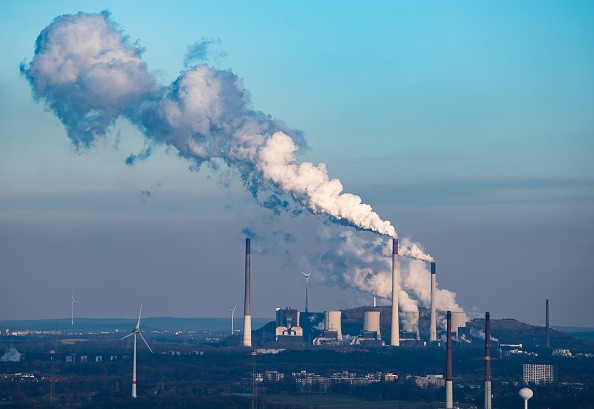According to a recent study, carbon emissions are rebounding strongly and growing in the world's 20 wealthiest countries.

Climate Transparency Report
According to the Climate Transparency Report, CO2 levels would rise by 4% throughout the G20 this year, after falling by 6% in 2020 owing to the pandemic.
China, India, and Argentina are on track to surpass their emissions targets for 2019.
The ongoing use of fossil fuels, according to scientists, is weakening attempts to keep temperatures under check.
With only two weeks until the crucial COP26 climate meeting in Glasgow, negotiators have a daunting challenge.
Related Article : Using Electricity to Power Houses and Vehicles Can Help Save Thousands of Dollars Per Year
COP26

One of the gathering's main objectives is to maintain the crucial 1.5°C temperature threshold alive and well.
Limiting future incremental rises is exceedingly tricky given that the planet is already approximately 1.1C warmer than pre-industrial times.
If Glasgow succeeds on this issue, the nations that produce the most carbon will need to implement aggressive policies.
According to the data in this new research, it isn't occurring quickly enough.
Global Emission Rates
The G20 accounts for around 75% of global emissions, which decreased considerably last year when businesses shut down due to Covid-19.
However, fossil fuels, particularly coal, are driving this year's rebound.
Coal consumption is expected to grow by 5% this year throughout the G20, according to a report prepared by 16 research organizations and environmental advocacy groups.
This is primarily due to China, which accounts for about 60% of the growth, although rises in coal are also occurring in the United States and India.
Related Article : Scientists Uses AI to Understand How Disastrous Climate Change Really is
Economies Recovering
As the global economy has recovered, China's need for energy has grown, resulting in a boom in coal consumption.
Coal prices are over 200 percent higher than they were a year ago.
As a result, power outages have occurred as coal-fired power facilities have become uneconomical to operate in recent months.
Policy Shift
This week, the Chinese government announced a policy shift that would allow these power facilities to charge market rates for their electricity, which is expected to boost coal use even further this year.
In 2015-2020, the Climate Transparency Report revealed that gas use increased by 12% throughout the G20.
While political leaders have pledged that the global recovery from Covid will be environmentally friendly, rich countries' financial pledges do not support this.
Only $300 billion of the $1.8 trillion set for recovery expenditure will be spent on green initiatives.
To put that sum in context, it comes close to matching the $298 billion spent by G20 countries on fossil fuel subsidies in the year leading up to August 2021.
Encouraging Trends

The research also highlights some encouraging trends, such as solar and wind energy rise in developed nations, with record levels of new capacity added throughout the G20 last year.
Renewables currently account for about 12% of total electricity generation, increasing from 10% in 2020.
Politically, the G20 group has made tremendous headway, with the majority recognizing that net-zero objectives are required by the middle of this century.
Before the Glasgow meeting, all group members have agreed to put new 2030 carbon policies on the table.
.
© 2025 NatureWorldNews.com All rights reserved. Do not reproduce without permission.





